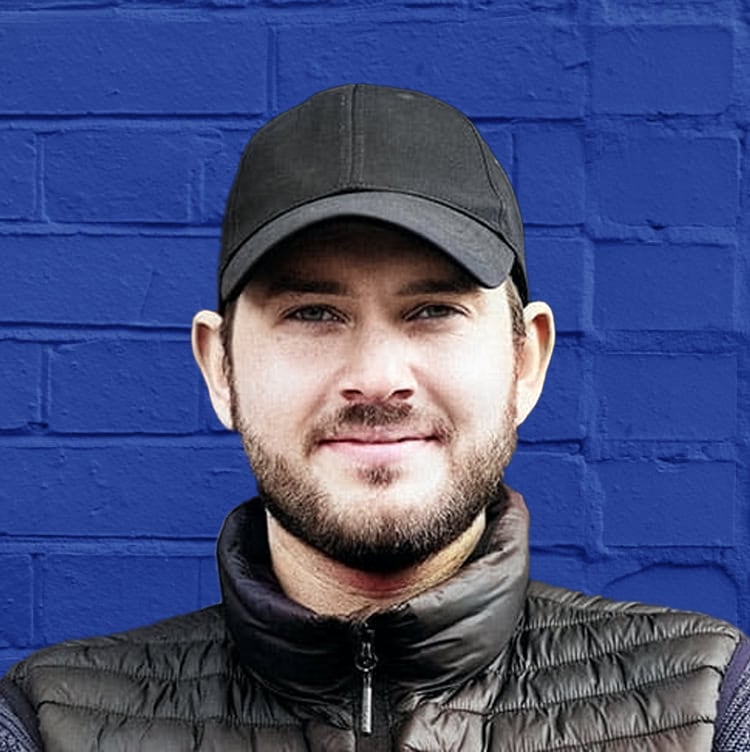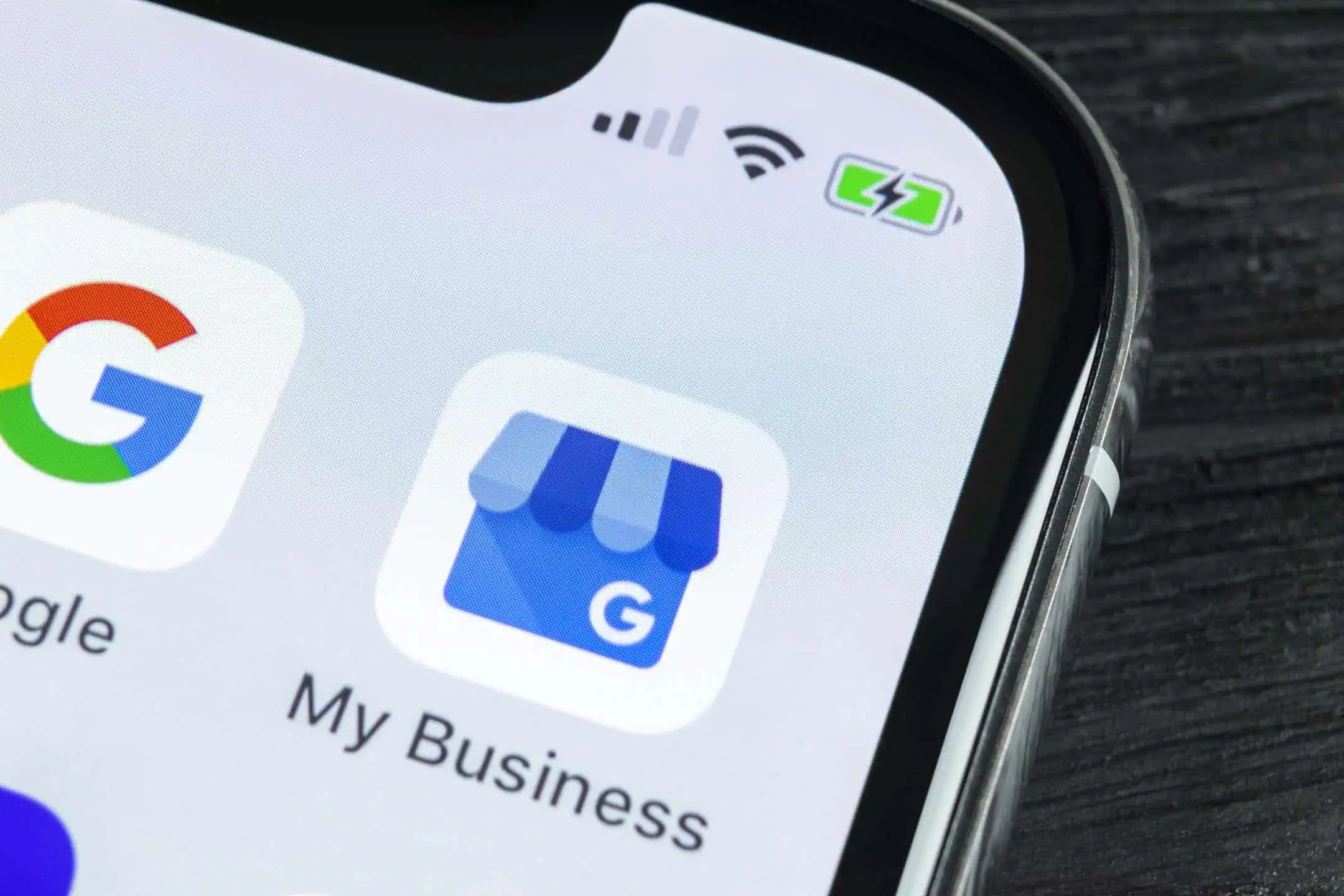If you want lower acquisition costs, steadier pipeline and less dependency on ad auctions, you invest in SEO. Not as a gamble, but as the channel that compounds when you treat it like infrastructure.
In 2026 the tools are smarter and the SERPs are busier, but the game is the same. Earn attention by being genuinely useful, make your site fast and easy, and align content with the questions buyers ask before they buy. Then use Custom GPTs to produce more high-quality content once the groundwork is done. That sequence wins.
What’s changed, what hasn’t
Search pages are richer with AI summaries, video carousels and stronger local signals. Thin, generic content is filtered out faster. Demonstrated expertise and proof matter more.
What hasn’t changed is the backbone of ranking and revenue: clear intent targeting, trustworthy content, quick pages that work on phones and a tidy internal link structure that helps both people and crawlers. If you think in tricks, you chase your tail. If you think in service, you build an asset.
Three levers SEO moves
- Revenue. Organic brings intent you don’t have to rent every month. When a money page ranks for a buying term, you feel it in enquiries and orders.
- Margin. As organic share rises, blended CAC falls. Paid remains useful for testing and scaling, but you’re not held hostage by it.
- Resilience. Strong organic visibility hedges against ad price spikes and platform policy shifts. When a channel stutters, the site keeps producing.
Foundations first
Before you ask any AI to write a word, sort the plumbing.
- Positioning and ICP clarity. Who do you win with and why you vs anyone else. If this is fuzzy, content meanders.
- Keyword-to-intent map. Group terms by commercial, comparison and informational intent. Assign each cluster to a specific page to avoid cannibalising yourself.
- Technical basics. Fast pages, clean structure, crawlable nav, sensible redirects. Visitors shouldn’t have to wait or guess.
- Conversion paths. One primary action per page. If it’s a services page, book a call or request a quote. If it’s an article, offer a relevant guide or demo.
- Analytics set right. Events that match your funnel, goals that match your KPIs, consent in place so you can trust the numbers.
- Editorial rules. Voice guide, fact sources and a light approval workflow. This is how you stop inconsistency at the source.
Without these, Custom GPTs just generate faster inconsistency. With them, you get scale and quality.
Content that wins in 2026
You don’t need more content. You need the right content, placed where your buyer is in the journey.
- Money pages. Service and product pages tuned to the exact pains and promises your ICP cares about.
- Comparisons. You vs alternatives, product A vs product B, build vs buy. People search these before they decide.
- Problem–solution guides. Plain answers to real problems, with a credible next step into your offer.
- FAQs and support. Useful documentation that reduces tickets and wins long-tail searches.
- Case studies. Short, structured proof. The job, the fix, the outcome. No fluff.
Make it scannable. Add internal links that mirror a sales conversation. Use real examples and numbers where you can. The goal isn’t just to rank. It’s to move someone one step closer to buying.
Enter Custom GPTs
When I say Custom GPTs, I mean an AI assistant trained on your brand voice, products, policies and proof. Think of it as your content ops teammate that never sleeps.
Where Custom GPTs help:
- Turn your keyword-to-intent map into tight briefs in seconds
- Produce first drafts that follow your tone guide and cite your approved facts
- Suggest internal links and schema so pages plug neatly into your structure
- Generate title, meta and CTA variants for testing
- Repurpose a flagship guide into social posts, emails and short videos without losing the thread
Guardrails are key. Feed it a curated fact pack, style rules and examples. Keep humans in charge of strategy, accuracy and sign-off. Done right, you won’t publish more fluff. You’ll publish more of the good stuff, faster.
Budget and ROI expectations
Our rule of thumb for an annual SEO campaign is simple: aim for a minimum 4x payback in 12-18 months. That’s why the work up front matters so much. We map the information architecture, align keywords to commercial intent and run the numbers on profitability – before we ship a single article. It’s our duty to demonstrate ROI and we won’t start unless the economics stack up.
For B2B, the scoreboard isn’t baskets and AOV. It’s pipeline. We model with sensible ranges on:
- Qualified organic sessions → MQLs → SQLs → Opportunities → Wins
- Opportunity value / ACV and win rate
- Sales cycle length (so we know what can realistically close inside 12 months)
- Contribution margin (after delivery costs), not just top-line bookings
- Capacity constraints (can delivery fulfil the demand we plan to create?)
- CAC payback and LTV (especially if there’s a retained or subscription element)
If that model can’t clear a 4x payback with realistic inputs, we reshape the plan (different ICP focus, higher-intent pages, CRO support, sales enablement content), or we pause. Better an honest “not yet” than a polite underperformance.
Quick story with a smile: a client in drinks, New Forest Water, once told me, “Karim, there’s no way we can make money selling water online.” Fair challenge. With the right investment and a focused plan, they’re on track for a positive ROI in year one and they’ve launched a subscription layer that’s now generating MRR/ARR. Different market, same lesson: when unit economics make sense and content maps to real buying steps, SEO becomes an engine, not a bet.
Bottom line: we love great content and tidy tech, but budget talks in pipeline and payback. If we can’t tie organic to qualified opportunities and booked revenue on paper, we don’t hit publish.
Risks to avoid
- Volume over value. A thousand unqualified visitors cost more than they return.
- Thin AI spam. It won’t rank and it will hurt trust.
- Neglecting speed and mobile basics. If it feels slow, it’s expensive.
- No human QA. Facts, tone and claims must be checked.
- Ignoring internal links and distribution. Great pages need pathways and promotion.
- Set-and-forget mindset. Quarterly planning and monthly optimisation beat annual “big bang” projects.
Mitigate with the foundation checklist, editorial standards and monthly scale-or-kill decisions.
If you want a plan you can run, not just read, let’s map an SEO investment that suits your 2026 goals and set up Custom GPTs to scale the work you already know is right. We’ll build the keyword-to-intent map, define the KPI scoreboard and configure your Custom GPT so your team ships more of the right content, faster.




